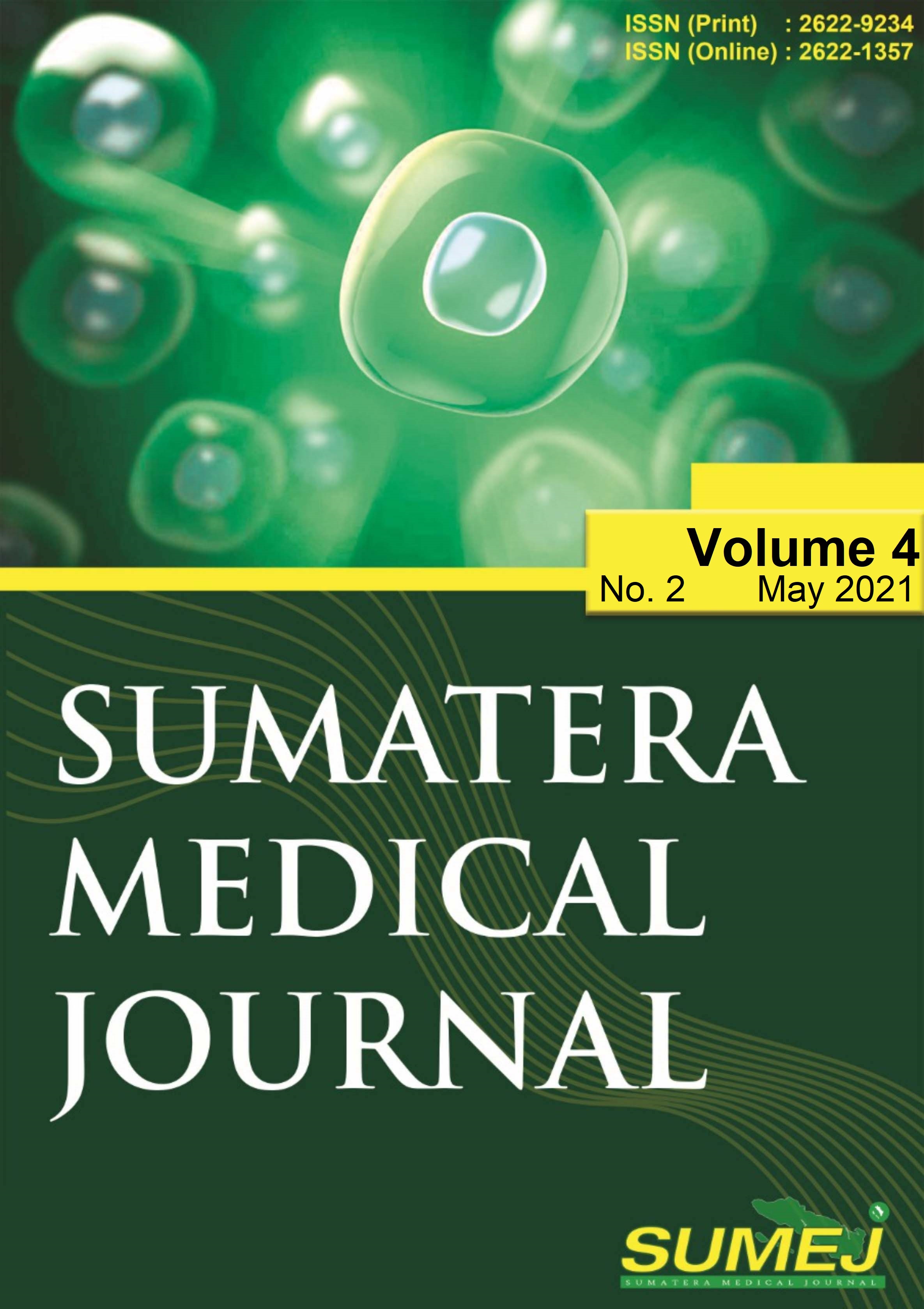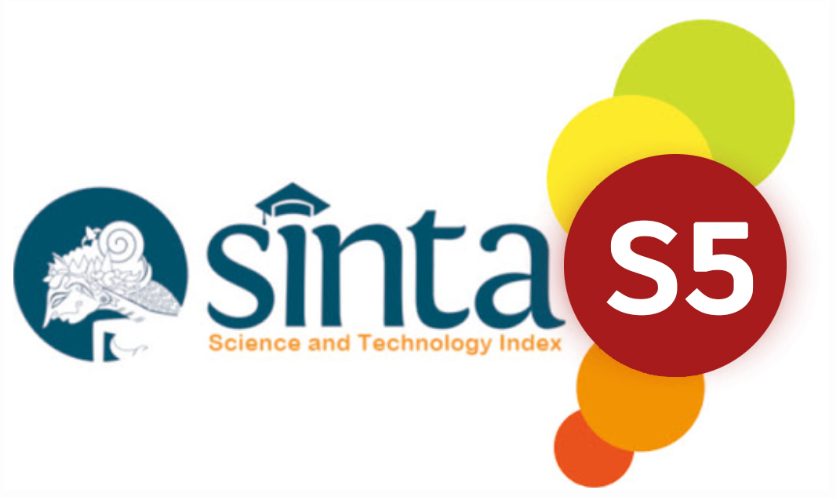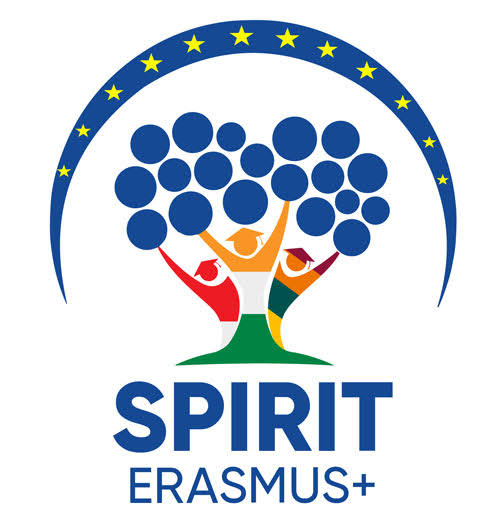Chemically-Induced Colitis Models in Animal
DOI:
https://doi.org/10.32734/sumej.v4i2.5523Keywords:
Chemical induction, Ulcerative ColitisAbstract
Ulcerative colitis is a chronic inflammation that can affect the distal part of the colon, submucosa and rectal mucosa, and can affect the entire colon even to the terminal ileum. There are several factors that can cause this disease, such as genetics, environment, intestinal microbiota and the presence of enteric infectious agents. Chemical induction in experimental animals for research on gastrointestinal inflammation has been frequently used due to the similarity of the anatomical and physiological structures of experimental animals with the human digestive tract. This review focuses on recent understanding of the chemicals that used as induction agents in animals
Downloads
References
J. Chou, H. Lai, C. Chang, K. Cheng, C. Feng, and T. Chen, “Epidemiology and Clinical Outcomes of Inflammatory Bowel Disease : A Hospital-Based Study in Central Taiwan,†vol. 2019, 2019, doi: 10.1155/2019/4175923.
A. H. Keshteli, K. L. Madsen, and L. A. Dieleman, “Diet in the pathogenesis and management of ulcerative colitis; A review of randomized controlled dietary interventions,†Nutrients, vol. 11, no. 7, pp. 1–12, 2019, doi: 10.3390/nu11071498.
A. M. Westbrook, A. Szakmary, and R. H. Schiestl, “Mouse models of intestinal inflammation and cancer,†Arch. Toxicol., vol. 90, no. 9, pp. 2109–2130, 2016, doi: 10.1007/s00204-016-1747-2.
P. Kiesler, I. J. Fuss, and W. Strober, “Experimental Models of In fl ammatory Bowel Diseases,†no. February, 2015, doi: 10.1016/j.jcmgh.2015.01.006.
A. Cerar, “Dextran Sodium Sulphate Colitis Mouse Model : Traps and Tricks,†vol. 2012, 2012, doi: 10.1155/2012/718617.
P. K. Randhawa, K. Singh, N. Singh, and A. S. Jaggi, “A Review on Chemical-Induced Inflammatory Bowel Disease Models in Rodents,†vol. 18, pp. 279–288, 2014.
E. Antoniou et al., “The TNBS-induced colitis animal model: An overview,†Ann. Med. Surg., vol. 11, pp. 9–15, 2016, doi: 10.1016/j.amsu.2016.07.019.
K. S. Rezende, M. R. Fernandes, B. B. de Faria, R. C. A. Guimarães, and K. C. Freitas, “Use of Animal Models in the Study of Colitis,†Exp. Anim. Model. Hum. Dis. - An Eff. Ther. Strateg., 2018, doi: 10.5772/intechopen.75608.
A. Mizoguchi, Animal Models of Inflammatory Bowel Disease, 1st ed., vol. 105. Elsevier Inc., 2012.
V. Morampudi et al., “DNBS/TNBS colitis models: Providing insights into inflammatory bowel disease and effects of dietary fat,†J. Vis. Exp., no. 84, 2014, doi: 10.3791/51297.
E. Meroni et al., “Functional characterization of oxazolone- induced colitis and survival improvement by vagus nerve stimulation,†pp. 1–19, 2018.
R. M. Hartmann, M. I. M. Martins, J. Tieppo, H. S. Fillmann, and N. P. Marroni, “Effect of Boswellia serrata on antioxidant status in an experimental model of colitis rats induced by acetic acid,†Dig. Dis. Sci., vol. 57, no. 8, pp. 2038–2044, 2012, doi: 10.1007/s10620-012-2134-3.
L. Reingold et al., “Development of a Peptidoglycan – Polysaccharide Murine Model of Crohn ’ s Disease : Effect of Genetic Background,†vol. 19, no. 6, pp. 1238–1244, 2013, doi: 10.1097/MIB.0b013e31828132b4.
L. R. Fitzpatrick, J. Wang, and T. Le, “Gliotoxin, an inhibitor of nuclear factor-kappa B, attenuates peptidoglycan-polysaccharide-induced colitis in rats,†Inflamm. Bowel Dis., vol. 8, no. 3, pp. 159–167, 2002, doi: 10.1097/00054725-200205000-00001.
Y. Mi et al., “Native κ-carrageenan induced-colitis is related to host intestinal microecology,†Int. J. Biol. Macromol., vol. 147, pp. 284–294, 2020, doi: 10.1016/j.ijbiomac.2020.01.072.
C. Benard et al., “Degraded carrageenan causing colitis in rats induces TNF secretion and ICAM-1 upregulation in monocytes through NF-κB activation,†PLoS One, vol. 5, no. 1, 2010, doi: 10.1371/journal.pone.0008666.
H. Laroui et al., “Dextran Sodium Sulfate ( DSS ) Induces Colitis in Mice by Forming Nano-Lipocomplexes with Medium-Chain- Length Fatty Acids in the Colon,†vol. 7, no. 3, 2012, doi: 10.1371/journal.pone.0032084.
Downloads
Published
How to Cite
Issue
Section
License
Copyright (c) 2021 Sumatera Medical Journal

This work is licensed under a Creative Commons Attribution-NonCommercial-NoDerivatives 4.0 International License.
The Authors submitting a manuscript do so on the understanding that if accepted for publication, copyright of the article shall be assigned to Sumatera Medical Journal (SUMEJ) and Faculty of Medicine as well as TALENTA Publisher Universitas Sumatera Utara as publisher of the journal.
Copyright encompasses exclusive rights to reproduce and deliver the article in all form and media. The reproduction of any part of this journal, its storage in databases and its transmission by any form or media, will be allowed only with a written permission from Sumatera Medical Journal (SUMEJ).
The Copyright Transfer Form can be downloaded here.
The copyright form should be signed originally and sent to the Editorial Office in the form of original mail or scanned document.











